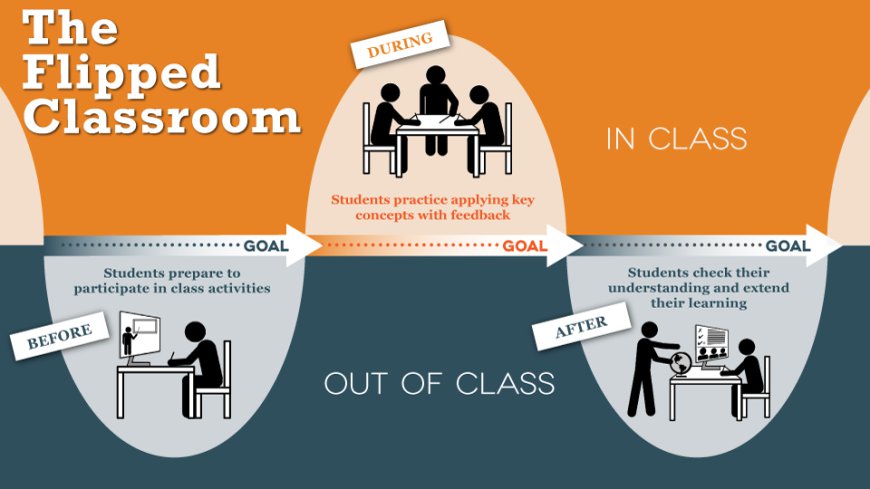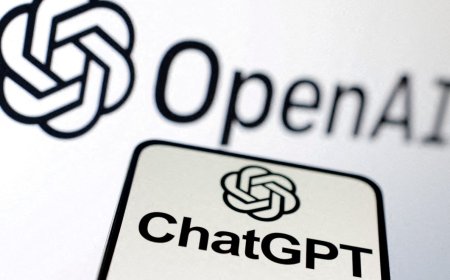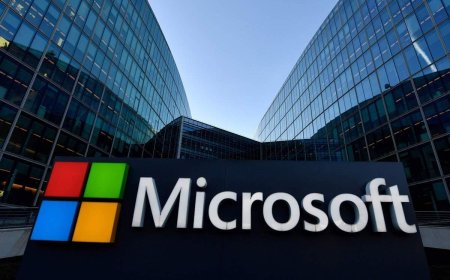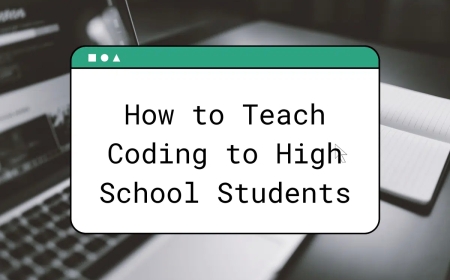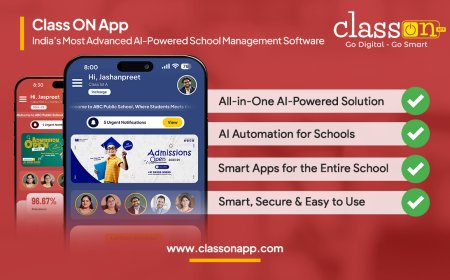In the ever-evolving landscape of education, a groundbreaking approach known as the "Flipped Classroom" is quietly reshaping the traditional learning experience.
This innovative method flips the script on conventional teaching, putting students at the center of their own learning journey. Let's delve into the ten key points that make the flipped classroom a game-changer.
Redefining Homework:
In a flipped classroom, the typical homework scenario is reversed. Instead of students passively absorbing information during class time, they watch instructional videos or engage with online content as homework. This allows teachers to dedicate class time to interactive discussions, problem-solving, and hands-on activities.

Individualized Pacing:
One size does not fit all. With the flipped model, students can progress at their own pace. Those who grasp concepts quickly can move ahead, while others needing more time receive the support they require. This personalized learning approach caters to diverse learning styles and abilities.
Active Learning in Class:
Classrooms transform into hubs of collaboration and critical thinking. Students actively participate in discussions, group projects, and practical applications of concepts. This fosters a dynamic learning environment, where knowledge is not just received but applied.
Accessible Resources:
Educational resources are accessible 24/7. Students can revisit instructional materials, clarifying doubts at their convenience. This flexibility empowers learners, allowing them to take control of their education beyond the traditional confines of school hours.
Teacher as Facilitator:
The role of teachers shifts from mere information providers to facilitators of learning. They guide and mentor students, providing support where needed. This enables educators to focus on the unique needs of each student, fostering a more inclusive and engaging classroom.
Enhanced Student-Teacher Interaction:
With traditional lectures moved outside the classroom, teachers have more one-on-one time with students. This personal interaction builds stronger connections, allowing educators to understand individual challenges and strengths.
Technology Integration:
Embracing technology is at the heart of the flipped classroom. Interactive online platforms, multimedia resources, and collaborative tools enhance the learning experience, preparing students for a tech-driven world.
Parental Involvement:
Parents become more engaged in their child's education. They have access to the same instructional materials, gaining insight into the curriculum and actively participating in their child's learning journey.
Data-Driven Insights:
Educational technology provides valuable data on student progress. Teachers can analyze this data to identify areas of improvement, adapting their teaching strategies to address specific learning needs.
Preparation for Real-World Challenges:
The flipped classroom nurtures skills such as critical thinking, communication, and collaboration, essential for success in the real world. Students not only acquire knowledge but also develop the ability to apply it in diverse situations.
In conclusion, the flipped classroom is not just a passing trend but a transformative educational model poised to shape the future of learning. As schools worldwide explore innovative methods, the flipped classroom stands out as a beacon of progress, offering a more inclusive, engaging, and effective approach to education.
Follows Us for More Updates
Like Us on Facebook Page :
Click Here
Like Us on Instagram :
Click Here
